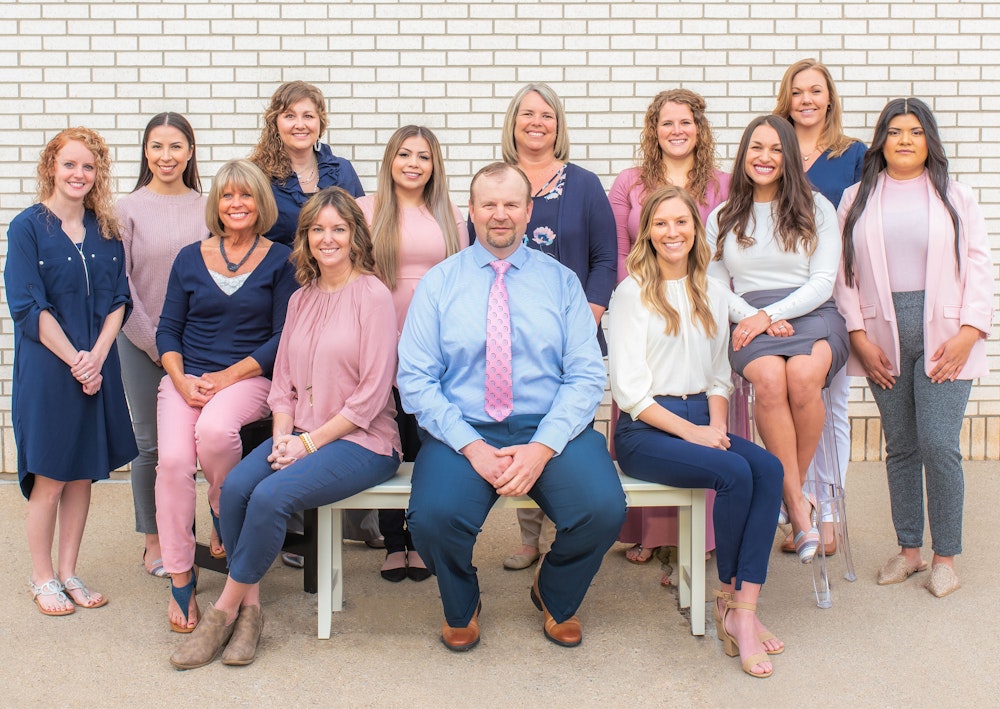Why Are Gum Grafts Performed?
An estimated 23% of Americans have gum recession, according to the National Institutes of Health. Gum disease is a leading cause of gingival recession and can not only affect the appearance of your smile but can also increase your sensitivity to hot and cold foods and beverages.
To combat these effects and restore the frame of your smile, Dr. Bill Stofer and Dr. Brock Spangle work with a specialist who can surgically place gum grafts in Warsaw, IN. Gum grafts can be performed for oral health reasons or simply to address cosmetic problems associated with gum tissue recession. Once you have restored lost gum tissue, you can regain the ability to smile with confidence.
Some patients may understandably hesitate to pursue treatment because of budgetary reasons. However, this can undermine your oral health in the long run. If you have questions about financing, our office accepts CareCredit® to help patients afford treatment.

Am I a Candidate for a Gum Graft?
Patients who have experienced gum tissue loss due to misaligned teeth, gum disease, genetic factors, aggressive brushing, or other reasons are often ideal candidates for a gum graft. During your consultation at our Warsaw, IN, dental office, Dr. Stofer or Dr. Spangle will examine your teeth and gums to determine if a gum graft is right for your oral health needs.
Although gum graft surgery is straightforward and not heavily invasive, you will still need to be in good oral health and free of any conditions that could complicate surgery and recovery. If habits such as smoking, poor oral hygiene, or poor brushing techniques contributed to your gum recession, you will need to break them to avoid a relapse.
Benefits of Gum Graft
Patients who undergo a gum graft at our Warsaw dental clinic can benefit from:
- More even gum line
- More attractive smile
- Restored gum line symmetry
- Reduced sensitivity to hot and cold food and drinks
- Lower risk of dental problems in the future
- Quick and effective procedure
- Restored oral health
- Long-lasting results
A gum graft can also ease the side effects associated with gum recession, including bleeding gums and loose teeth.
How Are Gum Grafts Performed?
Dr. Stofer or Dr. Spangle may recommend a specialist who uses a less invasive surgical technique called the Chao Pinhole Surgical Technique. Unlike traditional gum graft techniques, the Chao Pinhole technique does not require the use of scalpel or stitches. Before your surgery begins, the specialist will use local anesthesia and possibly sedation to ensure that you remain relaxed and comfortable throughout your treatment. Then, he will make a small pinhole in your gums near the area of recession. The healthy gum tissue is then elevated and pushed toward the treatment area. Collagen strips are used to stabilize the repositioned tissue.
Full recovery from this outpatient surgery can take one to two weeks. Along with the specialist's care, Dr. Stofer or Dr. Spangle may provide detailed instructions for recovery, which may include directions on how to brush near the surgical site, guidelines for taking antibiotics and other medications, and advice on which foods can be safely eaten while your gums heal.


